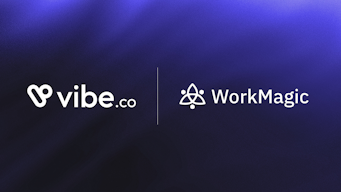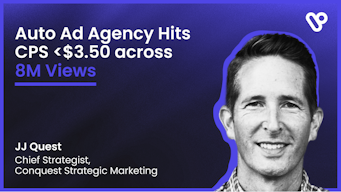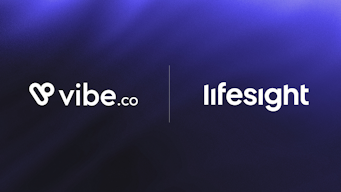FAST vs AVOD: 5 Differences You Need to Know
Are you trying to determine whether FAST or AVOD aligns better with your advertising goals?
If the answer is yes, then you're in the right place.
In this blog, you'll discover everything you need about FAST vs. AVOD—two of the most popular ad-supported OTT streaming models reshaping how we consume content.
Choosing the suitable model can improve engagement, maximize ROI, and save time and resources.
Here’s what you’ll find in this blog:
- A clear breakdown of FAST vs AVOD and what makes each unique
- Their advantages and challenges from an advertiser’s perspective
- Tips to help you decide which model works best for your goals
Ready to simplify your decision-making?
But before we dive in, let me give you a quick overview of the differences we’ll be exploring in this blog.
FAST vs AVOD: 5 Key Differences
Here’s the table for a quick look-
| Aspect | FAST | AVOD |
|---|---|---|
| Content Delivery | It streams sn Bcheduled channels with curated shows, like traditional TV. | It lets viewers pick and watch content whenever they want. |
| Viewer Experience | It offers a linear, hands-off experience for passive watching. | It allows viewers to pause, rewind, or skip for a personalized feel. |
| Advertising Strategy | It uses general audience targeting with ads built into programming. | It tailors ads based on user behavior and preferences. |
| Revenue Model | It relies on ads, giving users free access to all content. | It mixes ads with freemium options, like fewer ads for paying users. |
| Scalability | It grows by engaging more viewers with curated programming. | It scales by using precise targeting to attract advertisers and revenue. |
What Is FAST?
FAST (Free Ad-Supported Streaming TV) is a model that brings the traditional TV experience into the digital age.
It offers a lineup of pre-scheduled content supported by ads, giving viewers a linear viewing experience for free.
With FAST, here’s what you can look forward to:
- A TV-like schedule with curated shows ready to watch.
- Targeted ads based on your interests.
- You can easily access it on smart TVs, phones, and streaming platforms.
Platforms like Pluto TV, Tubi, Samsung TV Plus, and Roku Channel operate on the FAST model, providing diverse news, sports, and entertainment programming.
Pros and Cons of FAST
| Pros | Cons |
|---|---|
| Mimics traditional TV: Appeals to viewers who enjoy a “lean-back” experience. | Limited customization: Viewers can’t choose specific shows or create watchlists. |
| High ad completion rates: Linear content ensures viewers watch ads without skipping. | Revenue depends on engagement: Ad income relies on audience size and activity. |
| Free for users: Attracts large audiences who prefer not to pay for streaming. |
What Is AVOD?
AVOD (Advertising Video on Demand) is another free streaming model with an on-demand approach.
Unlike FAST, AVOD lets viewers pick what they want to watch, with ads inserted into the content to generate revenue.
With AVOD, here’s what you get:
- Ads that match your interests—like fitness ads if you’re into working out.
- Free access to shows and movies, with just a few ads here and there.
- Personalized content and ad suggestions based on what you love watching.
Platforms like YouTube, Peacock, and Hulu (ad-supported tiers) lead the AVOD space by combining massive content libraries with targeted advertising.
Pros and Cons of AVOD
| Pros | Cons |
|---|---|
| Customizable Viewing: Users can choose content, fostering deeper interaction. | Viewer Overload: Too many ads can frustrate and disengage viewers. |
| Broader Audience Appeal: Free access attracts viewers hesitant to pay for subscriptions. | High Viewer Dependency: Success depends on maintaining a large, active audience. |
| Targeted Advertising: Ads tailored to user interests maximize relevance and effectiveness. |
FAST vs AVOD: 5 Key Differences
Let me break it down for you—understanding the difference between FAST (Free Ad-Supported Streaming TV) and AVOD (Advertising Video on Demand) is important if you want your streaming strategy to truly work for your business.
Each serves a different purpose, and knowing how they align with your goals can save you time, money, and frustration.
Here's how they compare:
1. Content Delivery
- FAST provides a scheduled lineup of channels, similar to traditional TV, where viewers tune in to enjoy curated programming.
- AVOD, on the other hand, offers on-demand access, letting users pick and watch content at their convenience.
2. Viewer Experience
- FAST delivers a linear viewing experience that mirrors traditional cable TV, catering to audiences who enjoy passive content consumption.
- AVOD offers a more interactive approach, allowing users to pause, rewind, or skip between shows, creating a personalized viewing experience.
3. Advertising Strategy
- FAST ads are integrated into scheduled programming using addressable TV advertising, ensuring relevance based on general audience demographics.
- AVOD takes targeting to the next level with data-driven ad personalization, using viewer behavior and preferences to deliver specific ads.
4. Revenue Model
- FAST relies entirely on advertising revenue, offering free access to all users while monetizing through ad placements.
- AVOD is also ad-funded but may include freemium tiers, where users can pay for fewer ads or additional features.
5. Scalability
- FAST grows its audience through increased engagement with curated, ad-supported programming.
- AVOD scales by leveraging data-driven advertising to attract advertisers and boost revenue through precise targeting.
Why Should Businesses Consider Advertising on FAST and AVOD Platforms?
Advertising on FAST and AVOD platforms presents an effective opportunity for businesses looking to improve their reach and maximize return on investment.
Benefits of Advertising on the FAST Platform
Familiar Viewing Experience
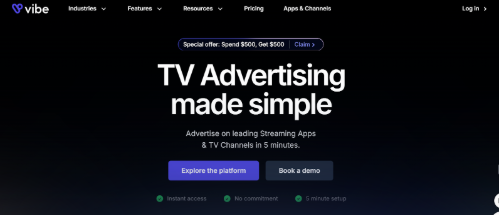
- FAST channels replicate a traditional TV format, offering curated content that appeals to viewers seeking simplicity.
- Vibe is a TV advertising agency that enhances this by delivering ads across 500+ streaming channels, targeting specific audiences like sports fans or local news watchers.
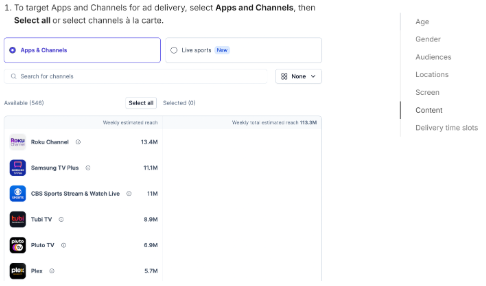
High Ad Completion Rate
- Vibe aims to achieve high ad completion rates, leading to more impactful messaging and better ROI.
- Its data-driven approach ensures ads are delivered at optimal times, supported by real-time performance tracking.
Efficient Programmatic Ad Placements
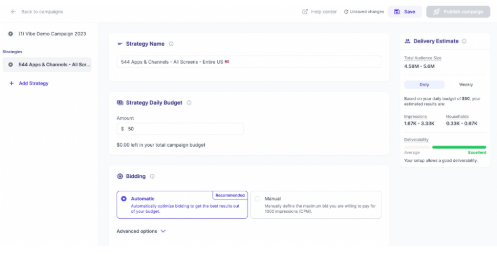
- Programmatic technology streamlines ad placements for targeted audience engagement.
- Vibe automates delivery with precise targeting based on demographics and interests, offering transparent pricing and detailed insights for campaign optimization.
Advantages of Advertising on AVOD Platforms
Engaged On-Demand Audience
- AVOD platforms attract viewers who actively select their content, increasing engagement.
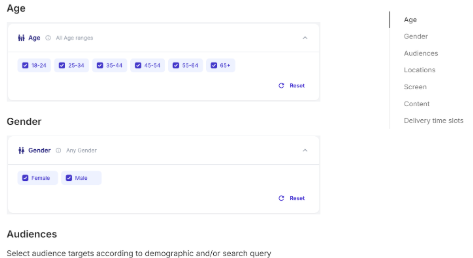
Personalized Ad Experiences
- Vibe enhances personalization with AI-driven recommendations for channels and strategies, allowing quick creation of professional-quality TV ads.
Optimized Ad Delivery with Analytics
- Vibe offers real-time reporting and insights for tracking conversions and engagement, enabling advertisers to adjust campaigns for optimal ROI.
What is Vibe, and why choose it?
Vibe is transforming TV advertising for small and medium-sized businesses (SMBs).
It offers access to streaming channels with demographic targeting, real-time reporting, and transparent pricing starting at $500.
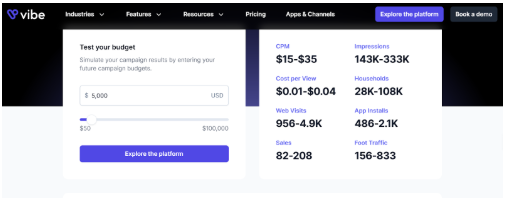
Vibe tools offer quick ad creation, empower the CTV space, and ensure ads reach their desired audiences with maximum advertising impact.
Conclusion
Now that we've explored FAST and AVOD platforms, let’s recap the key points.
FAST channels offer a linear, TV-like experience, ideal for viewers who prefer curated content without endless scrolling. They boast high ad completion rates, ensuring your brand message gets through.
AVOD, on the other hand, is flexible. It allows you to engage on-demand audiences who actively choose their content, creating personalized ad experiences.
Ultimately, the right choice depends on your advertising goals: go with FAST for high visibility and a traditional feel, or choose AVOD for tailored viewer-centric campaigns.
Regardless of your chosen path, Vibe makes it easy to optimize your advertising strategy across FAST and AVOD platforms!

